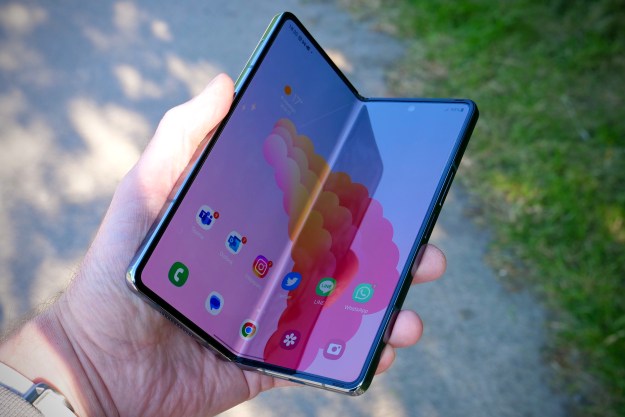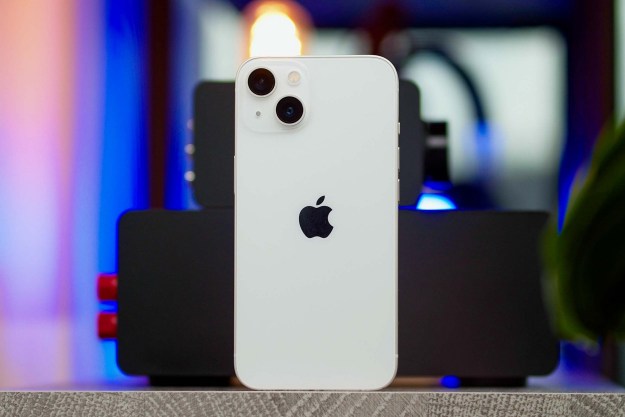According to new rumors, Samsung is actively working on a new smartphone that will have a 2GHz dual-core processor, outdoing anything currently on the market. The new processor will be a system-on-a-chip and may be marketed under Samsung’s Exynos brand, which is typically reserved for tablet PCs and netbooks, reports Korean site Daum.net (via Phandroid).
“We are planning to release a 2Ghz dual core CPU-equipped smartphone by next year,” said a high-ranking official from the company, according to Daum. “This product will have the data processing capacities of a regular PC.”
In a way, this is true. Most modern PCs have between 3GHz and 6GHz of processing power, though they use somewhat different architecture. This rumor is also highly plausible. HTC and other manufacturers have already debuted up to 1.6GHz mobile processors; it stands to reason that 2GHz is just around the corner. The real question is, exactly how much power does a smartphone really need? A top of the line laptop that is meant for running countless simultaneous operations usually has less than a 2GHz quad-core processor. We can’t imagine a smartphone needing that much power–at least not yet.
There is no word on when this rumored phone might be released or what operating system might run on it.



